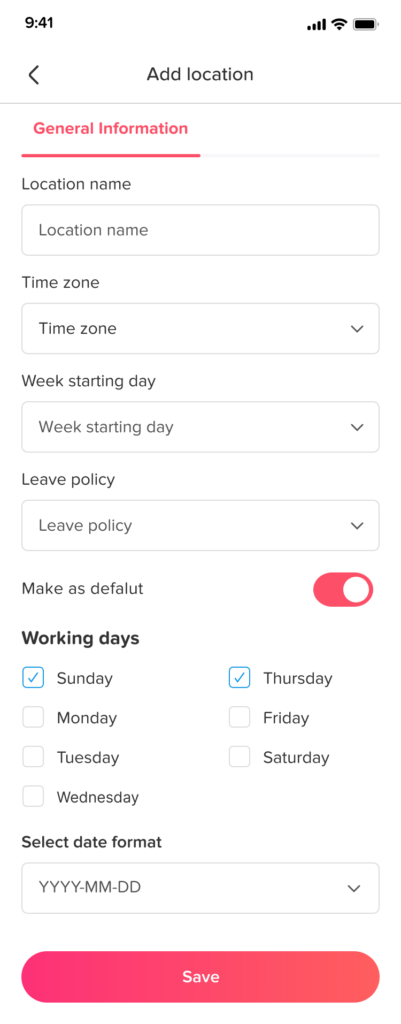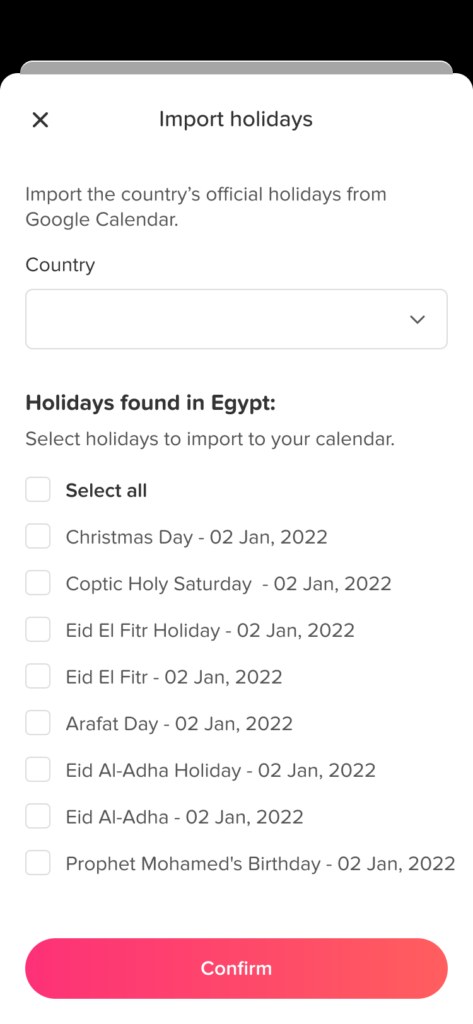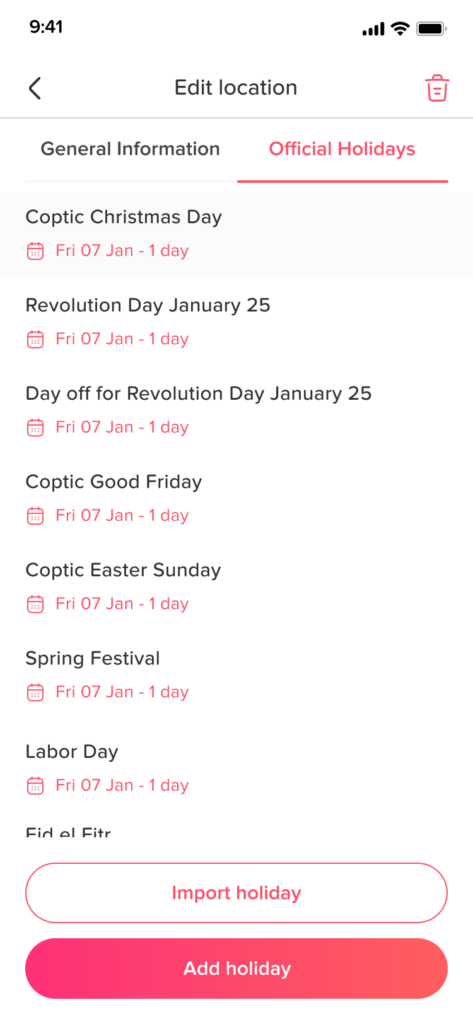Workplaces are complex ecosystems where positive energy and collaboration act as the lifeblood that keeps teams thriving. When these elements flow freely, organizations flourish with creativity, productivity, and employee satisfaction. However, negative energy, when left unchecked, can slowly infiltrate this ecosystem, casting a shadow over even the most dynamic teams. This article explores the profound effects of negative energy in the workplace and highlights the essential practice of taking breaks, especially within the increasingly prevalent online work environments.
The Deteriorating Effect of Negative Vibes
Negative energy at work is far more than just an unpleasant atmosphere, it actively undermines the very foundation of effective work. When negativity takes root, it fosters an environment of distrust, discouragement, and low morale. Employees trapped in this climate struggle to focus, leading to a decline in the quality and timeliness of their output. This isn’t just an individual problem; it quickly becomes systemic, spreading like a virus throughout departments and entire organizations.
Such toxicity can hinder creativity and innovation, as employees become risk-averse or disinterested in contributing ideas. Over time, this stagnation can cause the organization to fall behind competitors, lose customer confidence, and experience financial setbacks. The cost of negativity, therefore, extends well beyond workplace mood, it threatens the long-term viability of the business.
Stress: The Silent Productivity Killer
Stress triggered by negative work environments is often invisible but devastating. Chronic exposure to stress hormones like cortisol wears down the body and mind, causing headaches, fatigue, insomnia, and other physical ailments such as high blood pressure and weakened immunity. The mental toll is equally serious, leading to anxiety, depression, and emotional exhaustion.
In the context of online work, stress becomes harder to detect and manage. The blurred boundaries between professional and personal life, frequent multitasking, and the pressure to be always “online” contribute to burnout. Without traditional social cues and face-to-face interactions, remote workers might feel isolated and overwhelmed without visible support structures. Organizations must recognize stress as a critical barrier to productivity and well being, providing resources and promoting healthy work practices to combat it.
Strained Relationships and Collaboration
Effective teamwork hinges on trust, open communication, and mutual respect. Negative energy corrodes these pillars, making coworkers wary, defensive, or disengaged. When trust breaks down, employees are less willing to share ideas or support each other, which stifles collaboration and innovation.
Virtual work adds another layer of complexity to relationship building. While video conferencing tools like Zoom and Microsoft Teams enable meetings and discussions, they cannot fully replace the spontaneity and depth of in person interactions. Without intentional efforts to nurture relationships, teams may suffer from misunderstandings, lack of cohesion, and weakened camaraderie.
Building a positive team culture requires proactive communication strategies, regular check-ins, and virtual social events that encourage informal interactions and empathy. Leadership plays a crucial role in modeling positive behavior and addressing conflicts promptly before negativity spreads.
The Escalating Problem of Employee Turnover
Negative workplace culture is a major driver of employee turnover. When professionals feel undervalued, unsupported, or constantly stressed, they begin to look for opportunities elsewhere. This not only disrupts workflow but incurs significant recruitment, onboarding, and training costs.
In virtual work settings, turnover can be harder to detect early because signs like disengagement or dissatisfaction may be masked by physical distance. The absence of casual “water cooler” conversations means managers must be vigilant and use regular one on one meetings and anonymous surveys to gauge employee sentiment.
Retaining talent requires creating a work environment where positivity, recognition, and growth opportunities are prioritized. Companies that fail to do so risk losing their best people to competitors who offer more supportive cultures.
The Intersection of Physical and Mental Health
Workplace negativity doesn’t just sap mental energy, it also manifests in physical health problems. Chronic stress and anxiety activate the body’s fight-or-flight response, which, when prolonged, damages the cardiovascular system, digestive health, and immune defenses. Employees may experience increased absenteeism due to illness, which further burdens teams and impacts productivity.
On the mental health front, toxic environments can lead to depression, anxiety disorders, and burnout syndrome, a state of emotional, physical, and mental exhaustion caused by excessive and prolonged stress. Burnout not only diminishes work performance but also deeply affects an individual’s overall quality of life.
Organizations must adopt a holistic approach to employee well being, recognizing that physical and mental health are interconnected. Wellness programs, mental health days, access to counseling, and flexible work arrangements are critical components of this strategy.
The Power of Taking Breaks, Especially in Online Work Settings
In the face of negativity and stress, taking breaks is a scientifically proven way to restore energy, improve focus, and enhance mood. Breaks allow employees to step away from work-related pressures, recharge mentally and physically, and return refreshed.
In traditional offices, breaks might mean a walk outside or a coffee with colleagues, but in remote and online environments, intentionality is key. Companies can encourage breaks through scheduled wellness sessions, virtual mindfulness or meditation activities, and team-building exercises over platforms like Zoom.
Setting boundaries, such as designated “offline” hours and encouraging employees to use their vacation days, combats the culture of constant availability that often plagues remote work. Leaders should model these behaviors themselves to normalize taking time off without guilt.
Creating a Positive Virtual Work Environment
Beyond breaks, fostering a positive online work culture involves several deliberate practices:
-
Clear Communication: Transparent sharing of information and expectations reduces misunderstandings and builds trust.
-
Recognition and Appreciation: Publicly acknowledging accomplishments on virtual channels boosts morale.
-
Social Interaction: Virtual coffee breaks, happy hours, or casual chat rooms create opportunities for bonding.
-
Support Resources: Providing access to mental health resources, flexible schedules, and professional development keeps employees engaged and supported.
A positive virtual environment requires ongoing attention and adaptation but pays dividends in engagement, retention, and productivity.
Leadership’s Role in Combating Negative Energy
Ultimately, leadership sets the tone for workplace culture. Leaders who prioritize empathy, active listening, and inclusivity create spaces where employees feel safe to express concerns and contribute ideas.
Regular feedback loops, conflict resolution training, and leading by example in maintaining work life balance are essential leadership responsibilities. By addressing negativity early and fostering open communication, leaders can prevent toxic dynamics from taking hold.
Frequently Asked Questions (FAQ)
What are the main causes of negative energy in the workplace?
Negative energy in the workplace often stems from a combination of factors such as poor communication, lack of recognition, high stress levels, unresolved conflicts, and unclear expectations. When employees feel undervalued, overwhelmed, or disconnected from their team or leadership, negativity can fester. Additionally, toxic behaviors like gossip, favoritism, and micromanagement contribute heavily to a harmful atmosphere. Addressing these root causes through transparent communication, supportive leadership, and team-building initiatives is essential to turn the tide.
How does negative energy affect employee productivity?
Negative energy acts as a major barrier to productivity by draining employees’ motivation and focus. When workers are caught in an environment filled with criticism, mistrust, or hostility, their mental energy is diverted from productive tasks to managing stress and avoiding conflict. This leads to missed deadlines, lower-quality work, and decreased creativity. Moreover, negativity often results in increased absenteeism and disengagement, further reducing overall team performance.
Why is stress considered a silent productivity killer?
Stress often goes unnoticed until it severely impacts employee health and work output. It quietly builds up through prolonged exposure to negative work environments or overwhelming workloads. Chronic stress impairs cognitive function, decision-making abilities, and emotional regulation, causing employees to make mistakes or avoid challenging tasks. Over time, stress contributes to burnout, a state where workers feel emotionally exhausted, cynical, and ineffective, ultimately leading to decreased productivity and higher turnover.
How do strained workplace relationships contribute to negativity?
Strong relationships at work foster collaboration, trust, and a sense of belonging. When negativity takes hold, communication breaks down, and misunderstandings become common. This strain causes employees to withdraw or become defensive, hindering teamwork and the free flow of ideas. Without healthy interpersonal connections, teams struggle to solve problems collectively, innovate, or support each other during stressful periods, perpetuating a cycle of negativity.
What role does employee turnover play in a negative work environment?
High employee turnover is both a symptom and a cause of a toxic work environment. Negative energy drives talented individuals to seek more positive workplaces, leaving behind gaps that disrupt team cohesion and institutional knowledge. Frequent turnover increases recruitment and training costs, placing additional pressure on remaining staff. This instability creates uncertainty and dissatisfaction, making it harder to foster a constructive culture.
How can taking breaks improve mental and physical health at work?
Taking regular breaks, whether short pauses during the day or extended time off, allows employees to decompress and recharge. Breaks help reduce stress hormones, lower blood pressure, and improve concentration and creativity. Physically, stepping away from a desk can prevent musculoskeletal issues and eye strain. Mentally, breaks promote emotional resilience, reducing the risk of burnout and enhancing overall well-being. Encouraging a culture that values rest is especially important in remote or online work settings where boundaries can blur.
Why are breaks especially important in online or remote work environments?
Remote work often blurs the lines between professional and personal time, leading to longer working hours and difficulty disconnecting. This intensifies stress and fatigue. Breaks, including virtual social interactions, wellness sessions, and time off, help remote employees feel connected and supported. They provide vital mental rest and prevent isolation. Integrating regular breaks with digital tools like Zoom for team check ins and relaxation activities strengthens morale and reduces the negative impact of remote work challenges.
How can managers help reduce negativity and promote a positive workplace culture?
Managers play a crucial role in shaping workplace energy. They can foster positivity by communicating openly and transparently, recognizing achievements, encouraging feedback, and addressing conflicts promptly. Supporting employee development and offering flexibility to manage work-life balance are also important. Leading by example, demonstrating respect, empathy, and optimism, inspires teams to adopt similar attitudes, creating a ripple effect throughout the organization.
What practical steps can employees take to combat negativity at work?
Employees can combat negativity by focusing on positive communication, practicing empathy, and seeking constructive solutions rather than dwelling on problems. Building strong relationships and offering support to colleagues fosters a collaborative environment. Taking personal responsibility for managing stress through mindfulness, exercise, and setting boundaries also helps. When necessary, using internal resources like HR or employee assistance programs can provide additional support.
How does fostering a positive work environment benefit the organization as a whole?
A positive work environment leads to higher employee engagement, satisfaction, and loyalty. This results in improved productivity, innovation, and customer service. Healthy workplaces experience lower absenteeism and turnover, reducing costs associated with hiring and training. Furthermore, organizations with positive cultures tend to attract top talent, strengthening their competitive advantage. Ultimately, investing in positivity creates a resilient, motivated workforce capable of driving long term success.
Conclusion
Negative energy in the workplace is a serious issue with far-reaching consequences for productivity, relationships, health, and retention. As work increasingly moves online, the challenges of detecting and combating negativity grow. However, by understanding its impact, promoting regular breaks, and fostering a culture of positivity and support, organizations can cultivate thriving work ecosystems.
Investing in employee well being is not just a moral imperative, it’s a business imperative. Positive energy fuels innovation, collaboration, and sustainable success. Taking breaks and embracing thoughtful online engagement strategies empower employees to bring their best selves to work every day.














